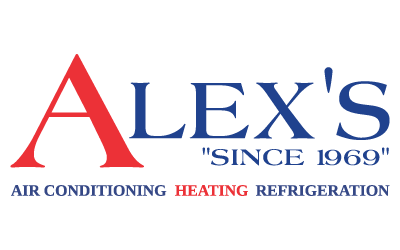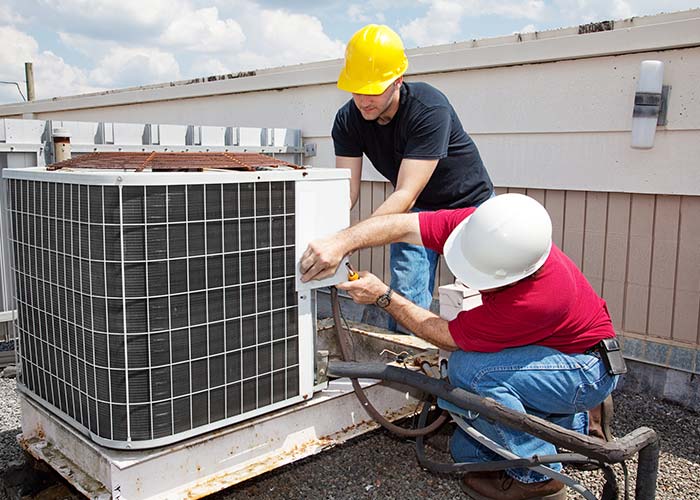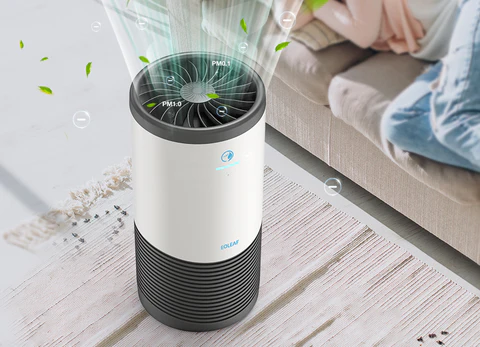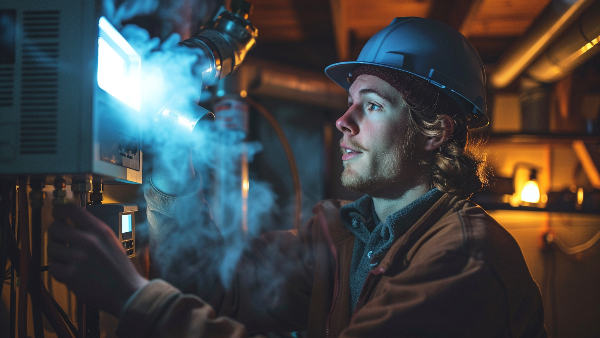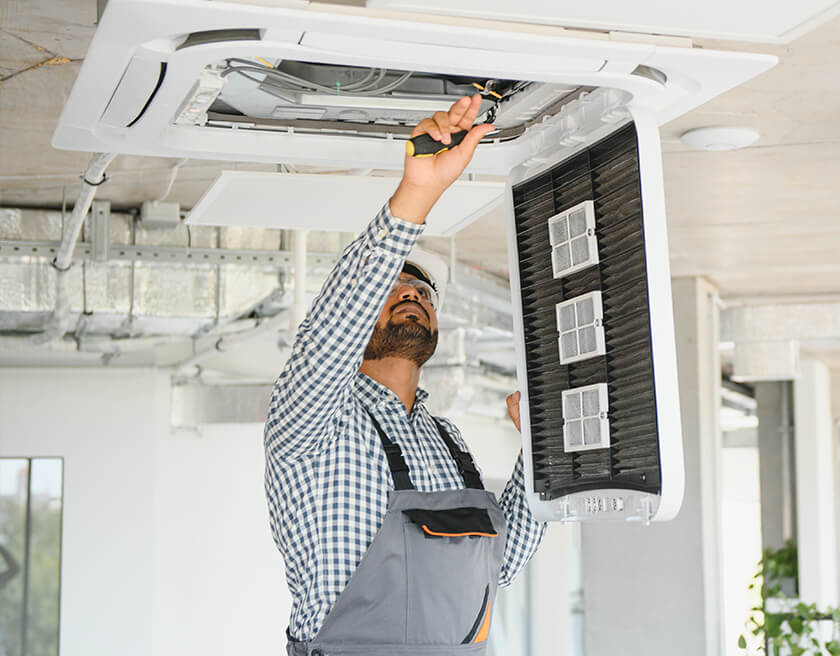How to Reduce HVAC Energy Waste: Simple Fixes for Texas Homes
Introduction
In Texas, homeowners face high energy bills due to long summers, humid conditions, and heavy reliance on air conditioning. Many of these costs stem from energy waste within HVAC systems, often caused by overlooked maintenance, inefficient equipment, or improper usage habits.
Reducing HVAC energy waste isn’t just about saving money — it also prolongs the life of your system, improves indoor comfort, and reduces environmental impact. This article provides actionable solutions specifically for Texas homes, from simple homeowner practices to professional upgrades that maximize efficiency.
🔗 Related: Energy-Efficient HVAC Upgrades: What’s Worth It in 2025?
Understanding Energy Waste in HVAC Systems
Common Sources of HVAC Energy Waste
Dirty Filters and Coils
Clogged air filters and condenser coils reduce airflow and force the system to work harder, consuming more energy while providing less cooling.Leaky Ductwork
Unsealed ducts can lose up to 30% of conditioned air, especially in older homes. This not only wastes energy but also creates uneven temperatures throughout the house.Oversized or Undersized Systems
An HVAC unit that’s too large will short-cycle, wasting electricity and failing to dehumidify properly. An undersized system runs continuously, increasing wear and utility costs.Thermostat Mismanagement
Constantly adjusting the thermostat or keeping it set incorrectly increases run time and reduces efficiency. Smart thermostats can help mitigate this.Poor Insulation and Window Sealing
Even the most efficient HVAC system can struggle when heat infiltrates through poorly insulated walls, roofs, or windows.
Simple Fixes Homeowners Can Implement
1. Maintain Clean Filters and Coils
Replacing filters every 1–3 months and scheduling coil cleaning ensures airflow remains unrestricted. This small step can improve efficiency by up to 15% and reduce strain on the compressor.
🔗 Related: How Regular AC Maintenance Saves Texas Homeowners Hundreds Each Year
2. Seal and Insulate Ductwork
Duct leaks are a hidden energy thief. Professional duct sealing or using high-quality insulation around ducts can prevent up to 30% of air loss, improving efficiency and comfort.
3. Install a Smart Thermostat
Smart thermostats optimize runtime and reduce unnecessary energy usage by learning your schedule, adjusting to occupancy, and integrating with weather data.
🔗 Related: Smart Thermostats for Texas Homes: Comfort, Savings, and Control
4. Use Zoned Cooling and Variable-Speed Technology
Zoned systems allow homeowners to cool only occupied areas, while variable-speed fans and compressors maintain more consistent airflow and reduce energy consumption.
5. Improve Home Insulation and Window Seals
Adding insulation in attics and walls, sealing gaps around doors and windows, and using energy-efficient window treatments reduces heat gain, allowing your HVAC system to work less.
Professional Upgrades to Reduce Energy Waste
1. Upgrade to High-Efficiency Equipment
Investing in Energy Star-rated HVAC units can save homeowners 20–40% on cooling costs. High-efficiency units are designed to operate optimally even under Texas heat and humidity conditions.
2. Add Whole-Home Dehumidifiers
High humidity reduces AC efficiency. A dehumidifier maintains proper indoor RH, allowing your system to cool more efficiently and prevent mold growth.
🔗 Related: Allergens, Humidity Control, and Modern Air Purification Solutions
3. Ductless Mini-Splits for Targeted Cooling
For rooms that are rarely used or difficult to cool, ductless mini-splits provide energy-efficient targeted cooling, reducing the load on the main HVAC system.
4. Routine Professional Maintenance
Annual inspections by certified HVAC professionals help detect issues like refrigerant leaks, worn belts, and faulty controls before they waste energy.
Behavioral Practices That Save Energy
Keep blinds or shades closed during peak sun hours.
Limit heat-generating appliances during the hottest part of the day.
Avoid cranking the thermostat to very low temperatures; gradual adjustments are more efficient.
Use ceiling fans to supplement cooling and reduce AC dependency.
Monitoring Energy Use
Smart meters, home energy monitors, and HVAC apps allow homeowners to track energy consumption in real-time. Understanding patterns helps adjust schedules, detect inefficiencies, and plan upgrades.
🔗 Related: Energy-Efficient HVAC Upgrades: What’s Worth It in 2025?
The Benefits of Reducing HVAC Energy Waste
Lower Utility Bills — Immediate and long-term savings.
Extended Equipment Lifespan — Less strain and fewer repairs.
Improved Comfort — Consistent indoor temperatures with fewer hot or cold spots.
Environmental Impact — Reduced energy consumption lowers carbon footprint.
Conclusion
Reducing HVAC energy waste is critical for Texas homeowners facing high cooling demands. From simple maintenance tasks like cleaning filters and sealing ducts to advanced solutions like smart thermostats, variable-speed systems, and whole-home dehumidifiers, there are numerous ways to cut energy use while improving comfort.
For expert advice, professional installation, and ongoing support, contact Alex’s Air — your trusted partner in maximizing HVAC efficiency for Texas homes.
